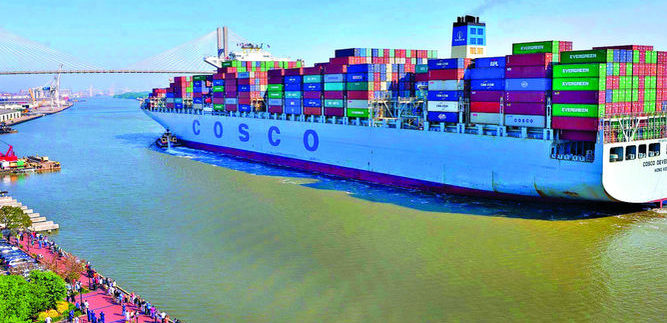Expanded Canal is ‘Exceeding Expectations’

The expanded Panama Canal, which opened among much international fanfare in 2016, is performing better than initial forecasts, according to Canal officials.
Total tonnage passing through the Canal measured by toll assessment, should reach close to 500 million by the end of the 2020 fiscal year, which is higher than initial forecasts, Esteban G. Sáenz, recently retired vice president for transit business at the Panama Canal Authority, told the American Association of Port Authorities conference in Tampa a few weeks ago. That’s up from 441 million in the 2018 fiscal year, AJOT reports.
“We’re doing much better than we expected,” Sáenz said.
The Canal is a major driver for Panama’s economy and its success translates to more revenue for the government, a stable economy and funding for more infrastructure projects. The Canal also attracts more multi-national companies to Panama, providing a steady stream of renters and buyers for the property market.
Moody’s recently upgraded the bond rating on the Canal to A1, with a stable outlook, based on “the waterway’s strong performance since the expansion’s inauguration.” The Canal expansion “has increased overall tonnage and attracted new market segments, contributing to the waterway’s strong performance,” Moody’s says, noting “stronger cash flow generation coupled with relatively low leverage has resulted in very solid financial metrics.”
The Canal also recently reported it has received $847 million which a tribunal had ordered a construction consortium to pay after a dispute over the expansion construction costs.
The expansion of the Canal has led to more super-sized tankers using the Canal, including ships aiding the booming LNG (liquified natural gas) industry. The Canal is also becoming more efficient. The transit time through the new locks has been cut from 3.5 hours to 2.5 hours since the opening, Saenz said.
Saenz also confirmed that more expansion may be ahead for the Canal, which would be a major driver for future economic growth. “We are already thinking about a fourth set of locks in years to come,” Saenz said.

